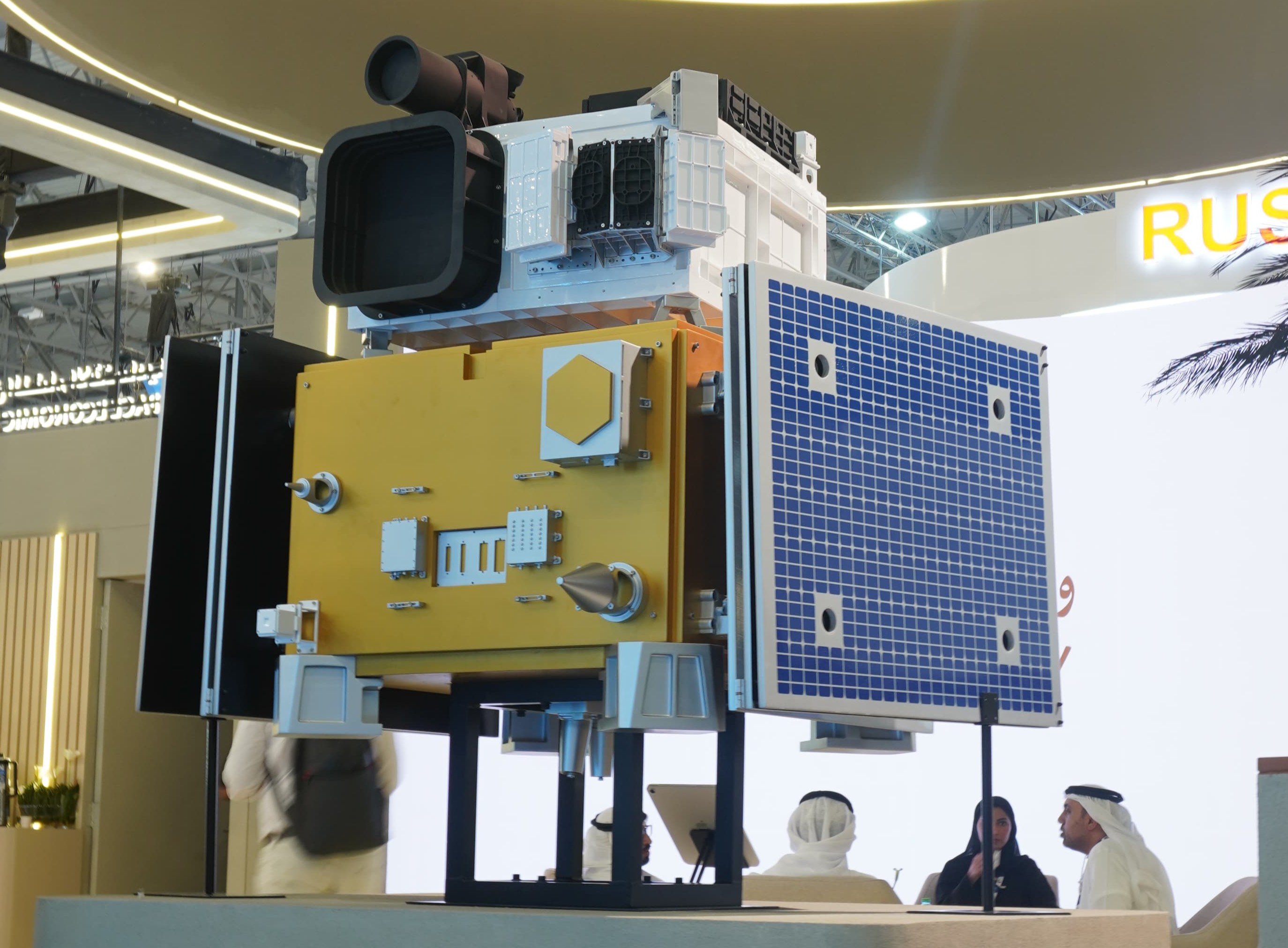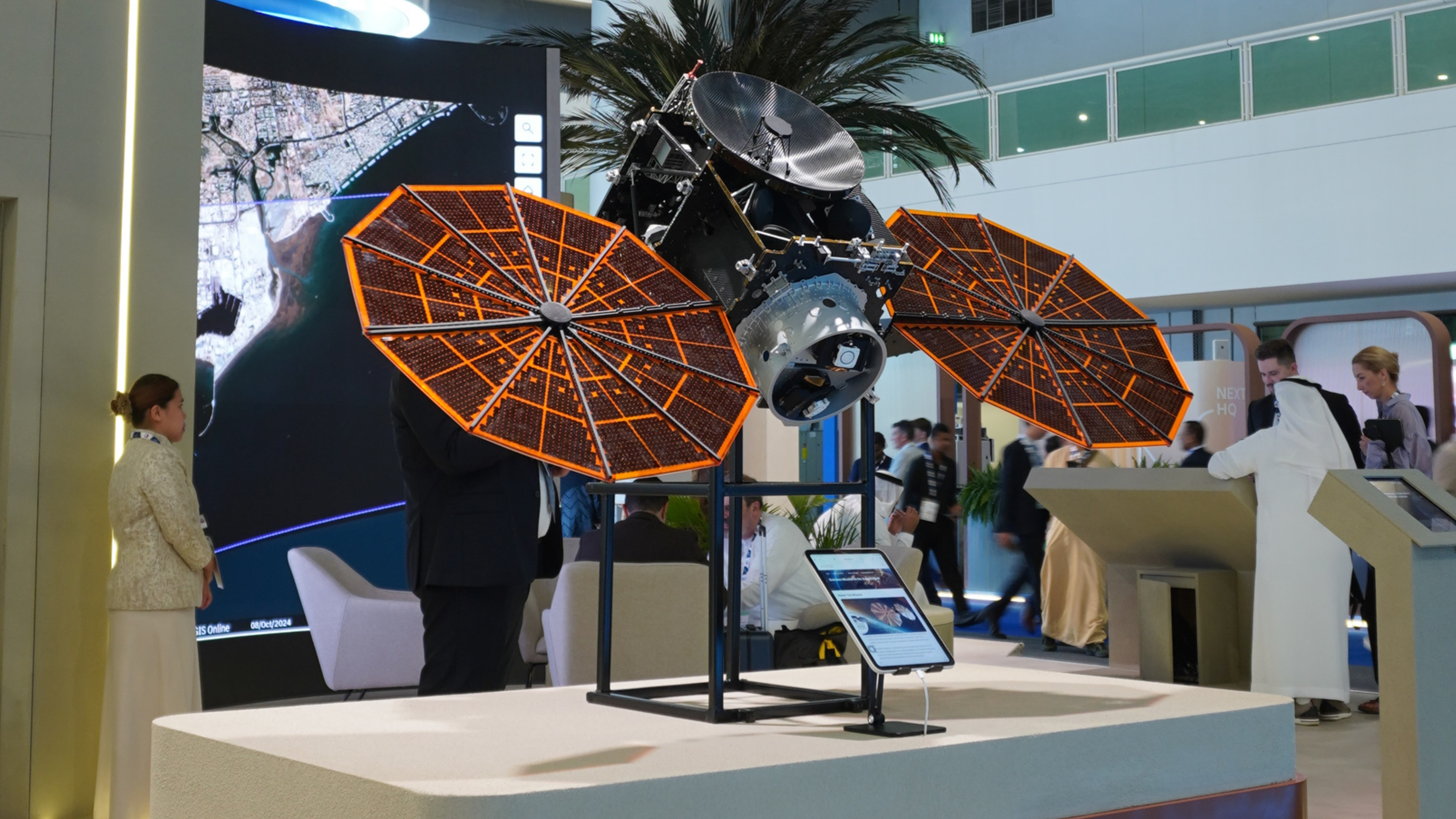The Ultimate Guide to Fused Deposition Modeling (FDM)
Introduction
In the realm of 3D printing, Fused Deposition Modeling (FDM) is one of the most widely used and versatile technologies. It's a process where a thermoplastic filament is extruded layer by layer to create a 3D object. FDM offers a cost-effective and efficient way to bring digital designs to life. Let's dive deeper into this fascinating technology.
How Does FDM Work?
FDM works by melting a filament of thermoplastic material and extruding it through a nozzle onto a build platform. The nozzle moves in X and Y directions while the platform moves vertically (Z-axis), building up the object layer by layer. The material quickly solidifies, creating a solid structure.
Advantages of FDM
Here are some key advantages of Fused Deposition Modeling:
Cost-Effective: FDM is relatively inexpensive compared to other 3D printing technologies.
Wide Material Selection: FDM supports a variety of materials like PLA, ABS, PETG, and more.
Easy Prototyping: It's great for rapid prototyping due to its speed and simplicity.
Supports Complex Geometries: FDM can create intricate and complex shapes with ease.
Disadvantages of FDM
While FDM has numerous advantages, it also has some limitations:
Lower Resolution: FDM typically has lower resolution compared to other 3D printing methods.
Visible Layer Lines: The layer lines in FDM prints can be visible, affecting the surface finish.
Support Structures: Some designs may require support structures that need to be removed post-printing.
Applications of FDM
Fused Deposition Modeling is used across various industries for different applications:
Prototyping: Quick and cost-effective prototyping for product development.
Manufacturing Tools: Creating custom jigs, fixtures, and tooling for production lines.
Concept Models: Designers and engineers use FDM to visualize and test concepts.
Functional Parts: End-use parts for low-volume production or custom components.
Conclusion
Fused Deposition Modeling (FDM) is a powerful 3D printing technology with a wide range of applications. While it has some limitations, its cost-effectiveness and versatility make it a popular choice for many businesses and individuals.



